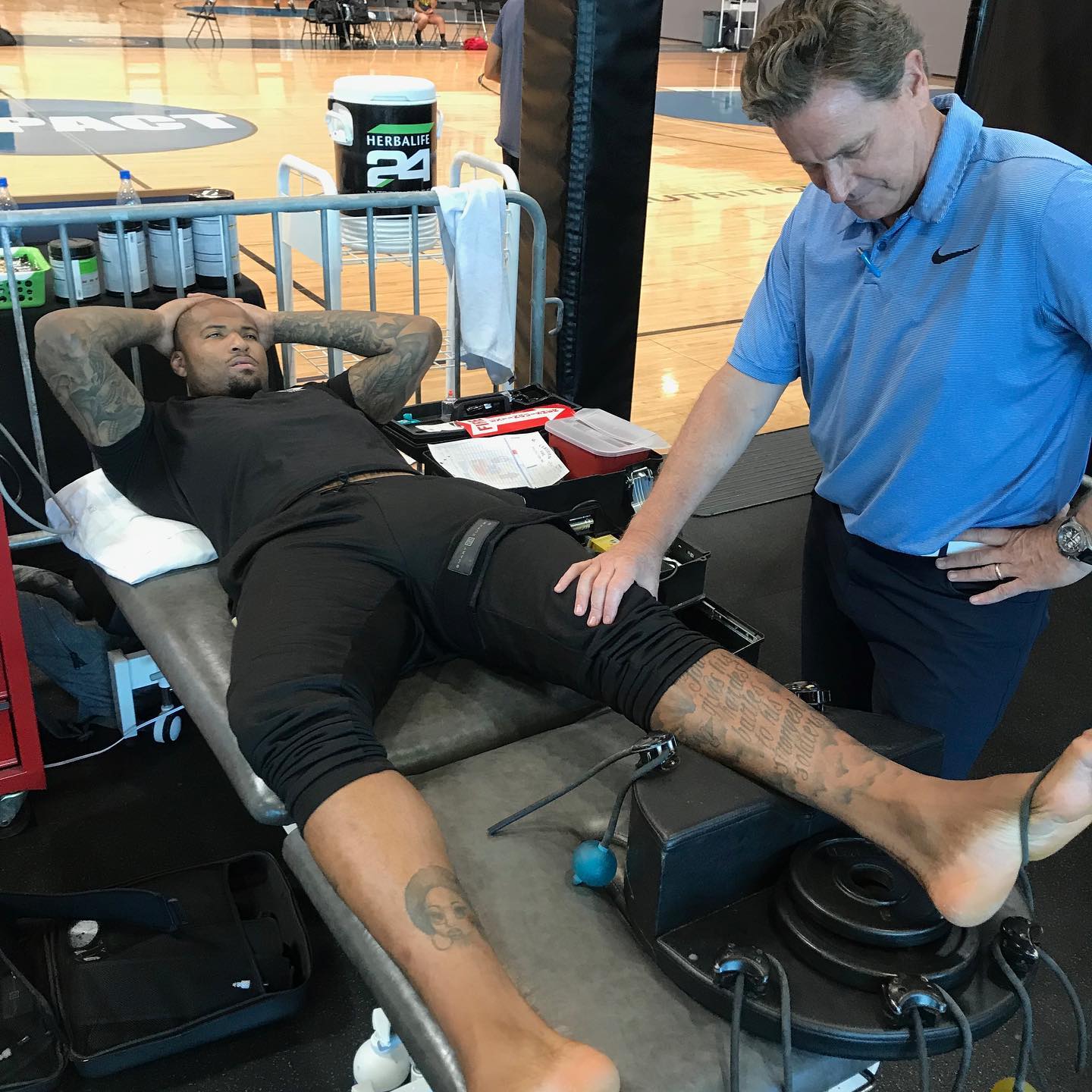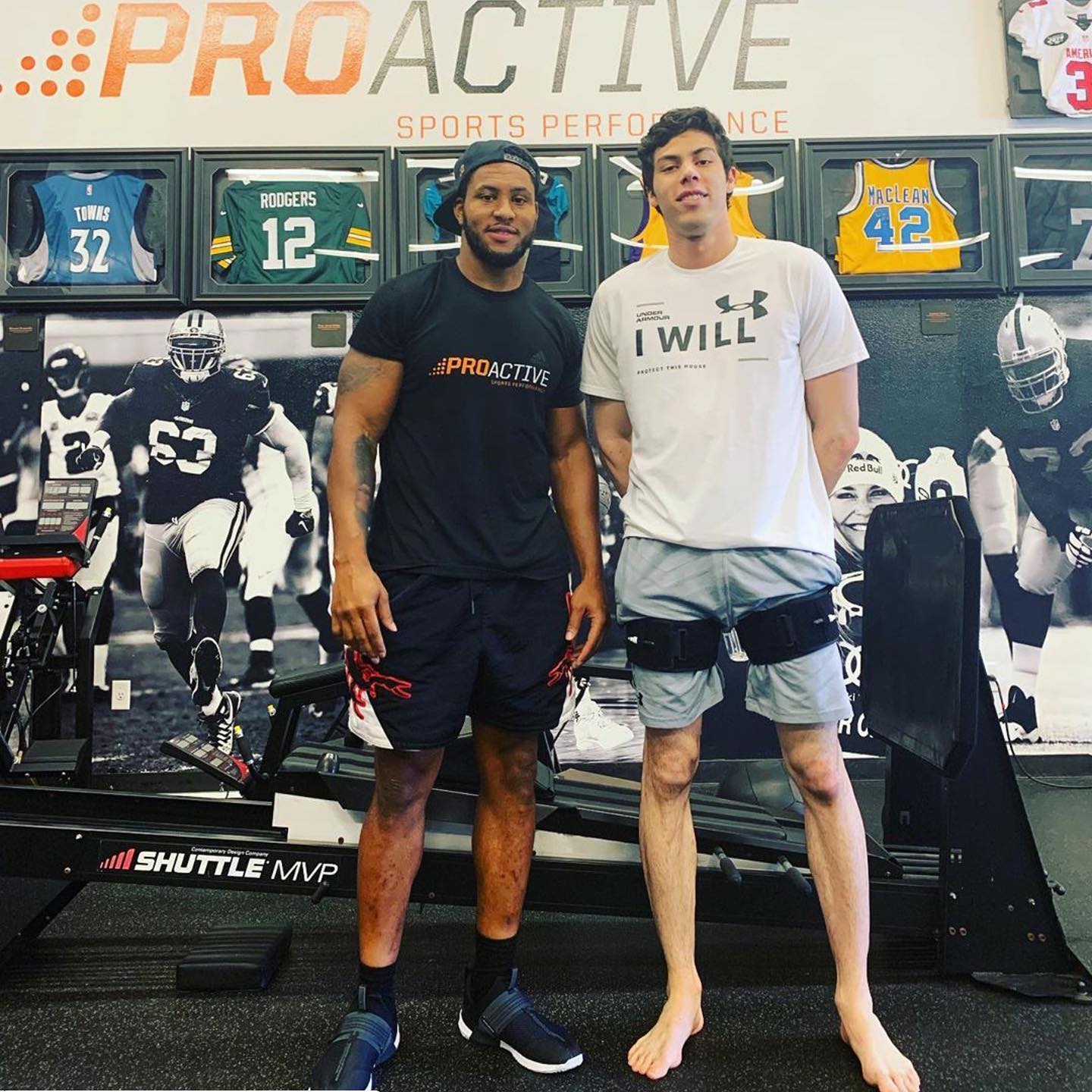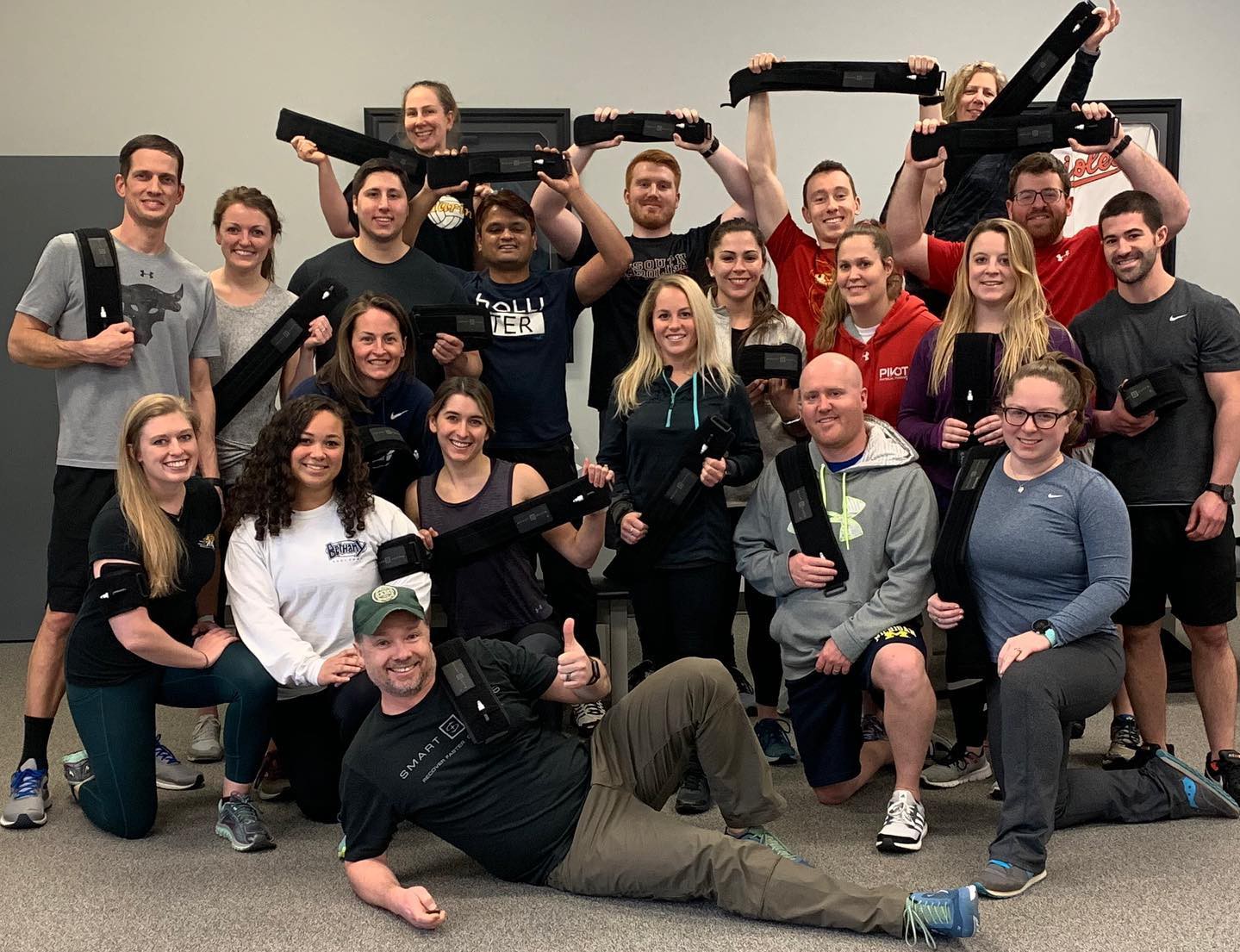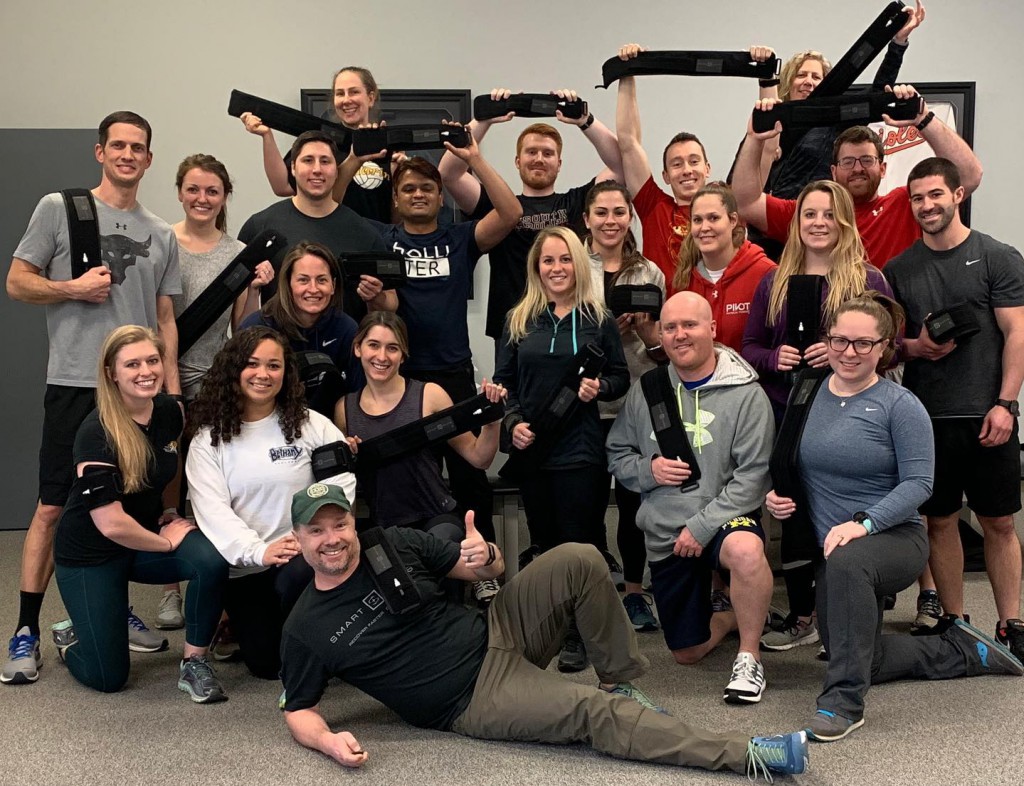What Types of Injuries Can BFR Be Used to Treat?
What do muscle strains, tendon injuries, and even bone stress injuries and fractures all have in common?Â
They all can be treated with Blood Flow Restriction (BFR) therapy.Â
How Does BFR Work With Different Injuries?
BFR is quite the versatile tool when it comes to rehab. It can help with a variety of common rehab injuries including:
- Soft tissue (also known as muscle) injuries,
- Tendon/ligament injuries, and
- Fractures and bone stress injuries
Soft Tissue (Muscle) Injuries
BFR is an amazing tool to use when treating soft tissue injuries.
Under normal conditions, if you damage muscle tissue — which is common if you perform resistance training under heavy loads or until failure — the body is able to recover through muscle regeneration. This is actually a good thing as muscle regeneration helps muscles rebuild and get stronger.Â
However, if you strain a muscle and cause excessive damage, the body has to rely on other inferior pathways to get the healing job done as fast as possible. Unfortunately, this usually means that scar tissue and tissue that is inferior in quality compared to muscle tissue is formed.Â
Why is myostatin worth noting, and why do we want it inhibited? Well, myostatin is part of the TGF-beta superfamily, which is the bad scar tissue pathway we mentioned earlier.Â
Thus if we do BFR, we promote muscle protein synthesis aka muscle regeneration while limiting scar tissue formation, which is essential for optimal muscle performance.
Tendons
Tendon injuries are complicated as they require mechanical load (and a lot of it) to heal. This is because the cells that make up tendons respond well to adequate mechanical stress. Tendon issues like Achilles and patellar tendinitis eventually need to be loaded in order to heal. However, mechanical load can be very painful for an unhappy tendon.Â
A recent article by Centner et al. 2019 has provided us a significant glimpse of hope for less mechanical load (and potentially less pain) necessary to induce positive adaptations in problematic tendons. The study found that throughout a span of 14 weeks, combining BFR with a progressive calf raise program significantly improved the health and function of the Achilles tendon. The tendon got bigger and stiffer, while the calf muscle size and strength improved, all of these things are super helpful and beneficial when dealing with any kind of tendinopathy or tendon issue.
Bone
Bone injuries are complicated and very different from soft tissue and tendon injuries.Â
The main dilemma with bone injuries is that you have to provide extra care and protection when injured, and you cannot overload an injured bone as the potential risks (a bone stress injury turning into a full-fledged stress fracture/broken bone) outweigh the benefits. However, for bones to heal and get stronger, they actually need mechanical load. This is why doctors will recommend walking programs for older adults as weight-bearing activities are healthy for bones. This is also why space and the absence of gravity can be harmful to astronauts’ bodies.
Exercising a healing bone can be tricky because what is painful for one patient may not be for another, so you don’t always know if you’re making the bone worse or not as pain can be subjective. However, according to a systematic review by Bittar et al. in 2017, we have substantial evidence to show BFR coupled with low-intensity and low-impact exercises can improve bone formation biomarkers by upregulating bone metabolism. This means we can exercise bones safely in a pain-free manner while also promoting optimal bone health.
Using BFR
BFR has changed the game as we know when it comes to rehabbing soft tissue injuries, ligaments, and even bone injuries. Due to its versatility and effectiveness, BFR should be equipped in every single rehab clinic.
References
- Ozaki H, Loenneke JP, Buckner SL, Abe T (2016) Muscle growth across a variety of exercise modalities and intensities: contributions of mechanical and metabolic stimuli. Med Hypotheses 88:22–26. doi:10.1016/j.mehy.2015.12.026
- Fry CS, Glynn EL, Drummond MJ, Timmerman KL, Fujita S, et al. Blood flow restriction exercise stimulates mTORC1 signaling and muscle protein synthesis in older men. J Appl Physiol.
- Centner C, Lauber B, Seynnes OR, et al. Low-load blood flow restriction training induces similar morphological and mechanical Achilles tendon adaptations compared to high-load resistance training. J Appl Physiol. November 2019. doi:10.1152/japplphysiol.00602.2019
- Bittar ST, Pfeifer PS, Santos HH, Cirilo-Sousa MS (2018) Effects of blood flow restriction exercises on bone metabolism: a systematic review. Clin Physiol Funct Imaging. https://doi.org/10.1111/ cpf.12512




 BFR Tools You Need in Your Clinic or Gym
BFR Tools You Need in Your Clinic or Gym